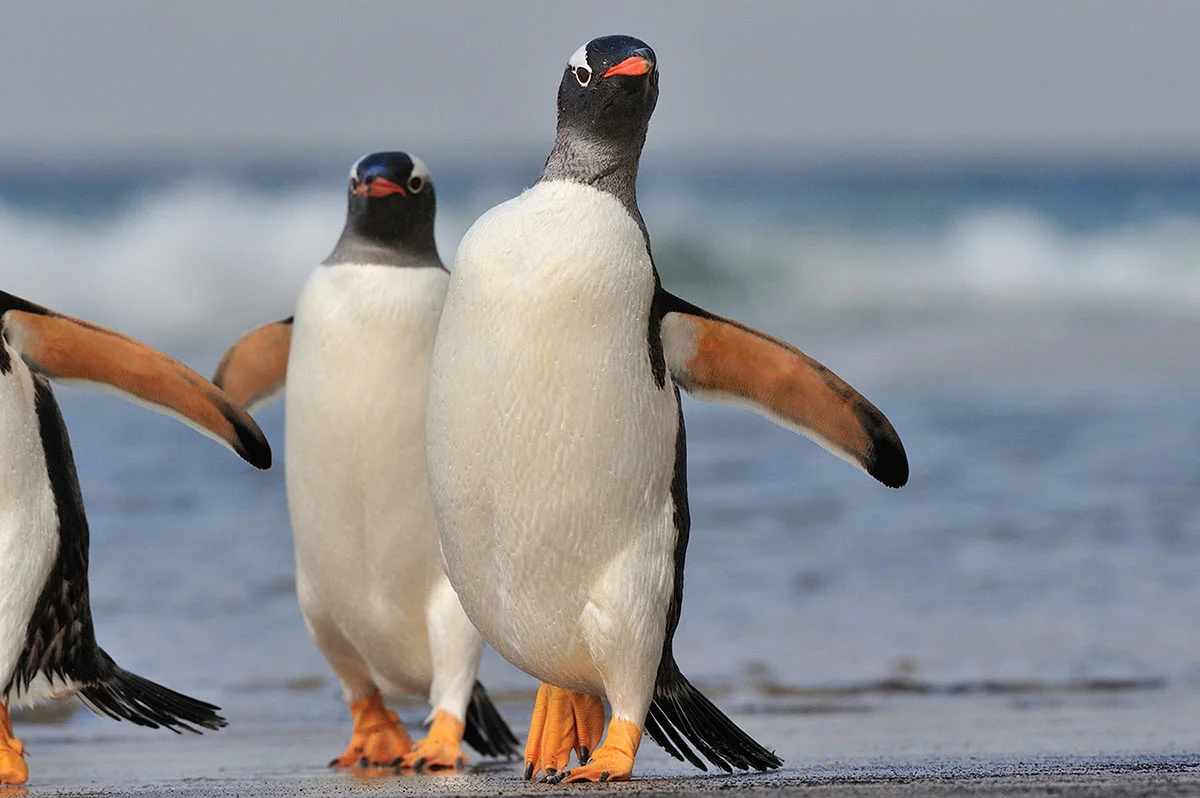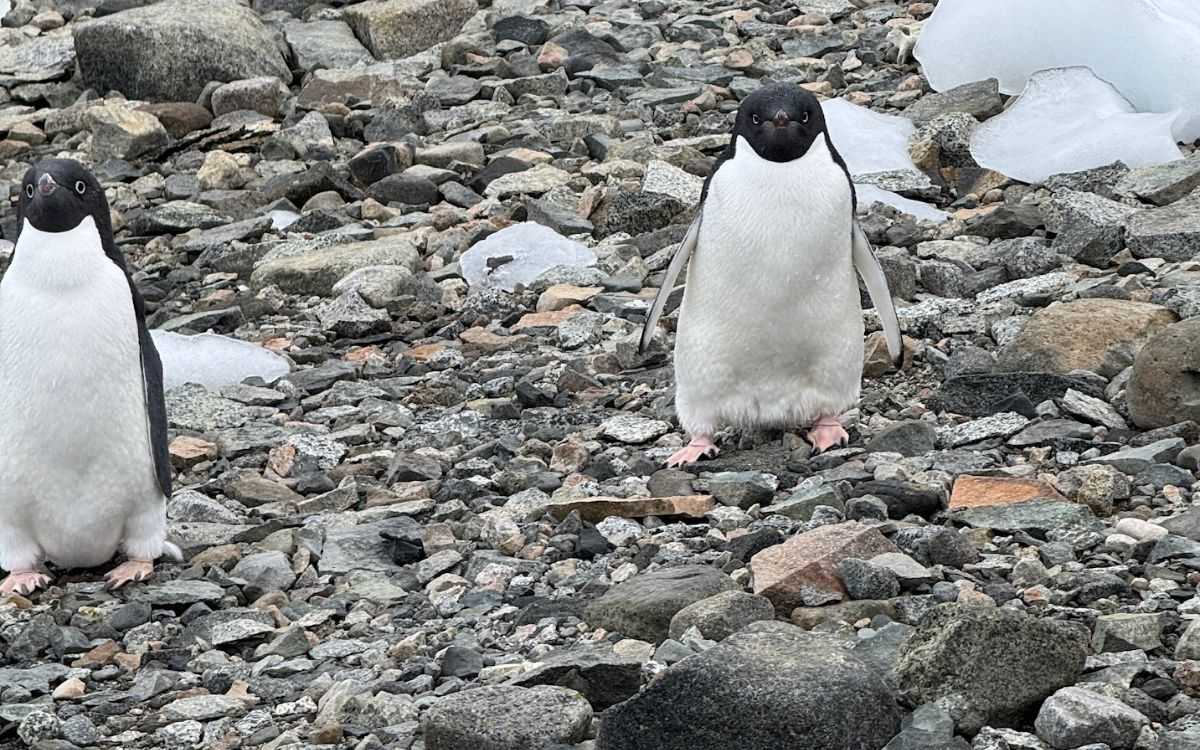
British Echoes Across Antarctica and the South Atlantic | Travel News
Sailing from Ushuaia to the edge of the world, my journey aboard the Seaventure retraced Britain’s enduring footprint across the South Atlantic and Antarctica. The 11-day expedition extended to three weeks because of our visits to the Falklands and South Georgia while we sailed through the historic icy waters that explorers and whalers and adventurers once navigated.
From the Falklands’ British Charm

Port Stanley, our first port of call, looked like a corner of rural England misplaced in the southern hemisphere. The area shows British heritage through its red phone boxes and fish and chips pubs and Union Jacks that wave in the breeze. The Falkland Islands Museum shows the story about 1982 liberation of the islands through the film 74 Days That Changed the Falklands which locals remember with pride.
Coleen Briggs, whose family arrived from Britain in 1842, told me the islands offer “space, peace, and quiet.” With more sheep than residents, the serenity feels like a world away from the crowded north.
Wildlife Encounters on Remote Shores

On West Point Island, black-browed albatross chicks waited on earthen mounds for their distant parents to return. The beach of Saunders Island hosted a large number of penguins which included King penguins and Rockhoppers and Gentoo and Magellanic species beneath the shining silver sky.
South Georgia: Shackleton’s Legacy

Further southeast, South Georgia rose from the sea like a forgotten fortress. Captain James Cook claimed the island for Britain in 1775 which later became famous through Sir Ernest Shackleton who arrived there in 1916 after his Endurance ship got stuck in ice.
At Grytviken, the cemetery where he rests faces Antarctica. His headstone quotes Robert Browning: “I believe a person should fight with all their might for their chosen goal.” His wife Emily wanted his body to stay there because he adored the land so much.
South Georgia’s wildlife, once devastated by sealing and whaling, has flourished since protection began in 1986. The ocean now hosts whale breaches while St Andrews Bay becomes home to hundreds of thousands of King penguins. Dan Brown who studies birds estimated that the planet holds the largest colony of birds which numbers around 500,000.
Into the Frozen South
Two stormy days later, the ship reached the Antarctic Peninsula, Britain’s southernmost claim, dotted with research stations and preserved outposts. The crew of Shackleton’s men survived 137 days on Elephant Island while they waited for rescue after their lifeboats turned upside down in 1916.
The cold air merged with the breath of humpback whales which created misty clouds as they swam through the icy waters filled with glaciers and drifting icebergs. The Union Jack flies above a gentoo penguin colony at Port Lockroy which sits on Goudier Island. The UK Antarctic Heritage Trust maintains Base A as a “living museum” after Operation Tabarin constructed it in 1944. The interior holds old syrup tins together with vintage Diana Dors posters which show how British researchers lived during their early days. Volunteer postmaster George Clarke from Bristol helps operate the world’s most remote post office, where letters may take months to reach home.
For those inspired to follow in the wake of these explorers, modern voyages trace similar routes, linking the Falklands, South Georgia, and the Antarctic Peninsula in a 21-day journey that reveals unique wildlife, breathtaking sub-Antarctic scenery, and echoes of heroic exploration.
 Explore the Falklands and South Georgia: unique wildlife, stunning sub-Antarctic scenery, and heroic exploration history.
Explore the Falklands and South Georgia: unique wildlife, stunning sub-Antarctic scenery, and heroic exploration history.
Falklands, South Georgia & Antarctica | 21 Days
From 19795,00Return Through the Drake Passage
Our final crossing through the Drake Passage honored the explorer Sir Francis Drake, who ventured here in 1578. The fierce winds and ice-blue seas together with the sound of Union Jacks demonstrate that British exploration spirit remains active today through both historical accounts and real-world Antarctic exploration.
